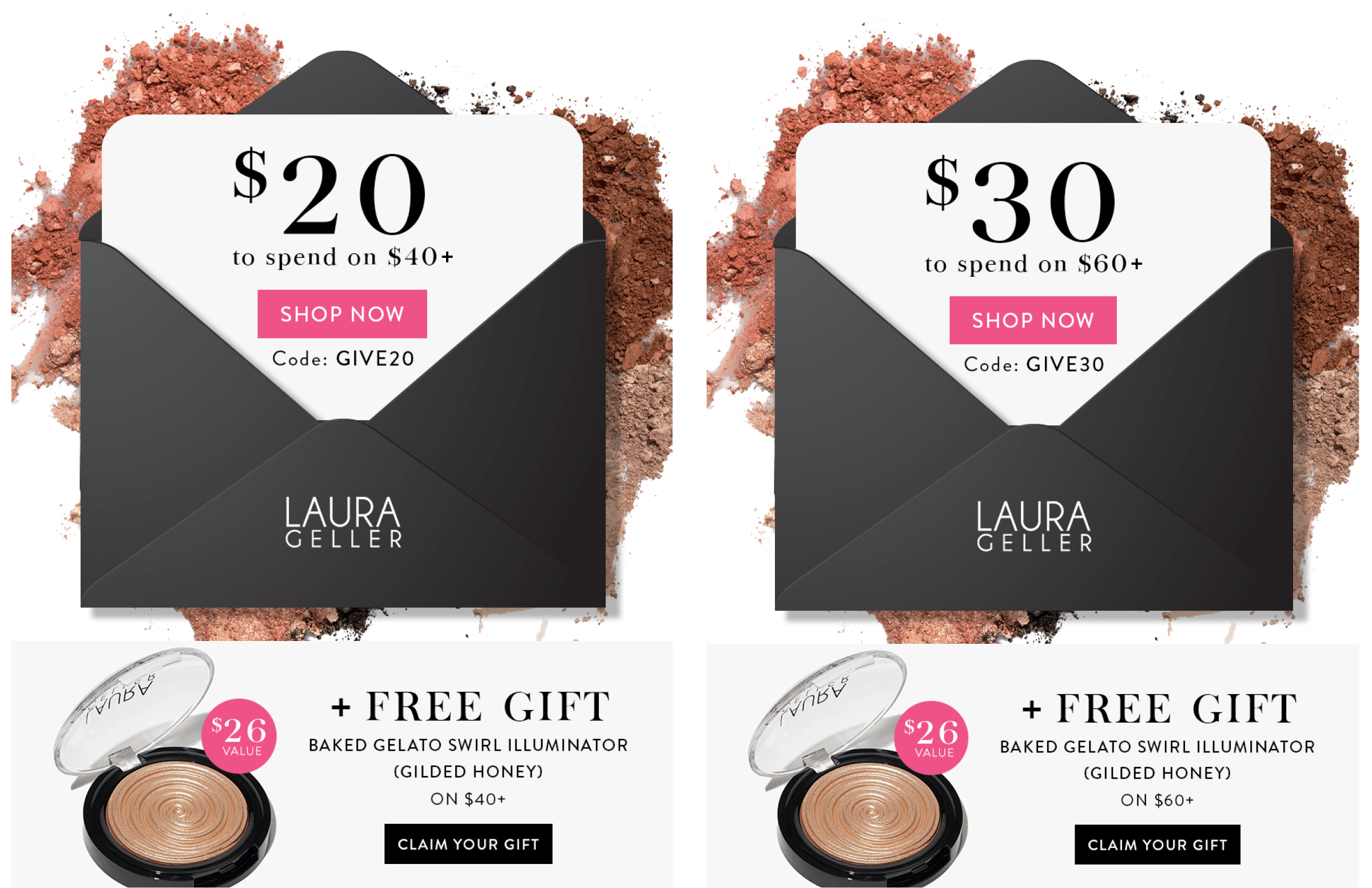By Ken Magill for SellUP
The “Father of Direct Marketing,” Lester Wunderman, once said the best DMers all have one trait in common: curiosity. And while any marketing program can benefit from its practitioners having a strong sense of curiosity, email can benefit from it most. Email’s cheapness allows for sloppy practices that would have Wunderman crawling out of his skin.
Many email marketers don’t segment or test, for example. Unlike email, print DM is expensive to produce and mail. Fractions of a percentage in print response rates can mean the difference between success and failure. With email, a marketer would have to work really hard for a campaign to be unprofitable. But putting old-fashion, direct-marketing curiosity against an email program can generate significant successes.
Curiosity leads to questions: “Should we offer 30% off? 30 percent off? Or buy two get one free?” The answers lie in testing—something too many marketers don’t do with email. To be fair, most marketing executives have so much going on with larger, more budget-hungry channels, many don’t believe their time would be wisely spent on an email program that is chugging along quite nicely. But they’re leaving real money on the table.
The simplest tests in email marketing can yield results that contribute significantly to the bottom line. For example, SellUP recently tested 50 percent off versus 30 percent off for a swimwear client. Both offers generated the same sales. For this client, there is no point in offering half off when 30 percent off works just as well. That one simple test resulted in a 20-percent margin boost. SellUP also recently tested buy one, get one free versus buy two, get two free for the same client.
The result: Buy two, get two free generated 18 percent higher average order values and 16 percent more revenue than the buy-one-get-one. What is more, this client’s average customer buys three suits every 18 months. So the winner in this test got a significant number of customers buying more swimsuits in a single purchase than the average customer buys in a year and a half.
From a margins standpoint, the two were essentially identical offers. They were just worded a bit differently. And given that such a simple language tweak can drive such significant lift, it’s clear that the testing possibilities with email are pretty much endless. So where to begin? Well, anywhere, actually. But there are some basic questions every email marketer should ask, the answers to which will get them headed in the right direction.
For example, what are the program’s open rates? Are they steady, increasing or decreasing? Are the subject lines getting people to click? Are subject lines being tested? And if they are, are they being tested to a valid sample set? Are the program’s unsubscribes declining, steady or rising at an unacceptable rate? How is the program performing as a percentage of the business? Is it growing or declining? Are the program’s offers the best they can be? For example, the offer buy one, get one at 50 percent off—a 25 percent discount—may significantly outperform 30 percent off. Is free shipping really better than discounted shipping? Are the program’s best customers being segmented out and treated differently than the rest of the file? Hint: They should be. These are just a few of the questions every email marketing professional should be asking. And the answers—which will indicate courses of action—lie in testing.
Don’t have the resources for all this testing? SellUP can help. Click here to get a free analysis of your program.





